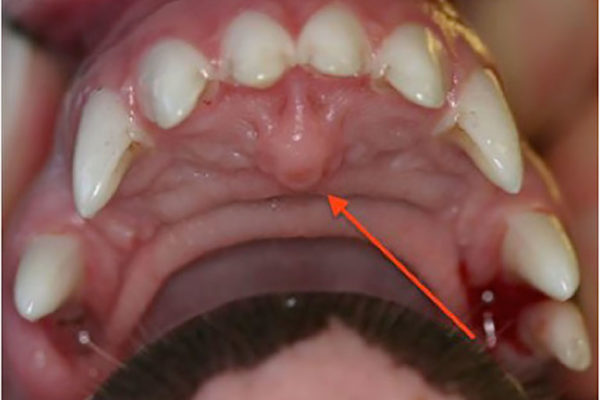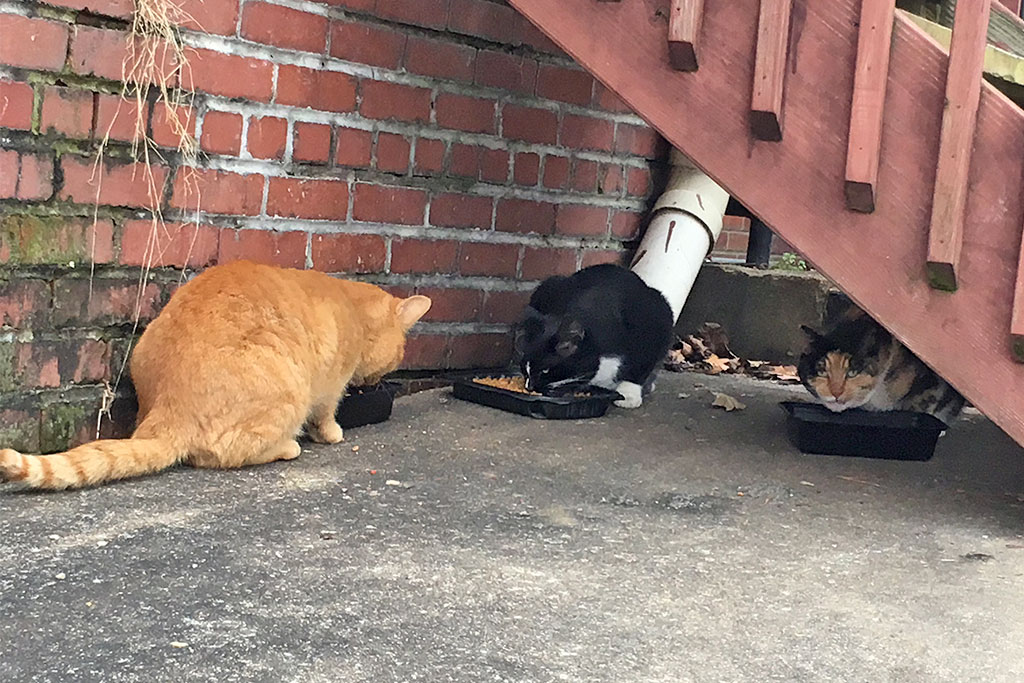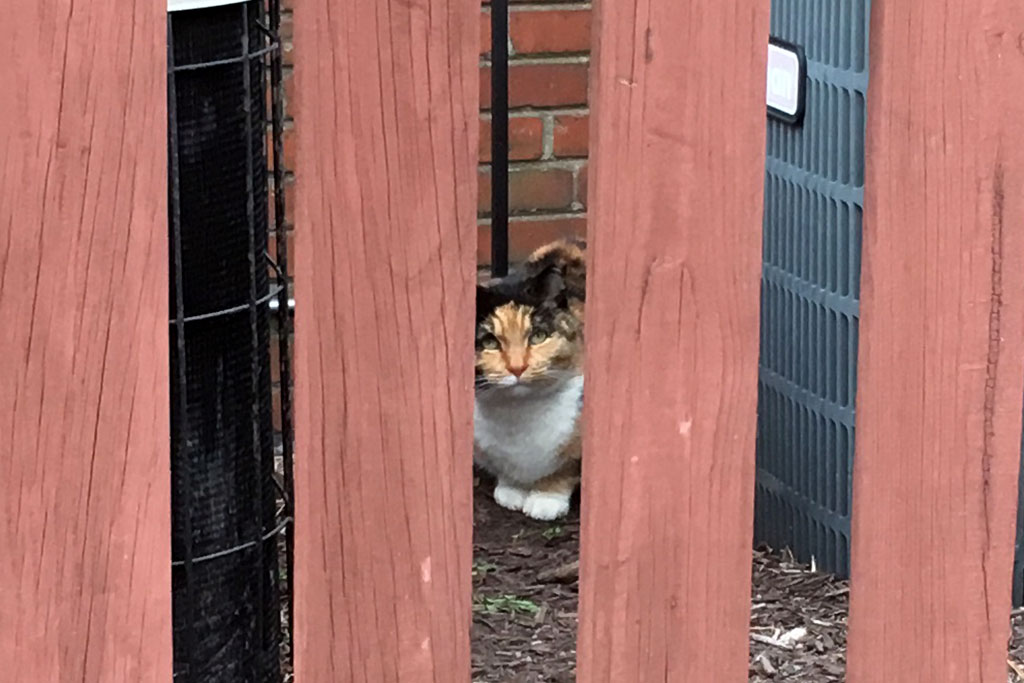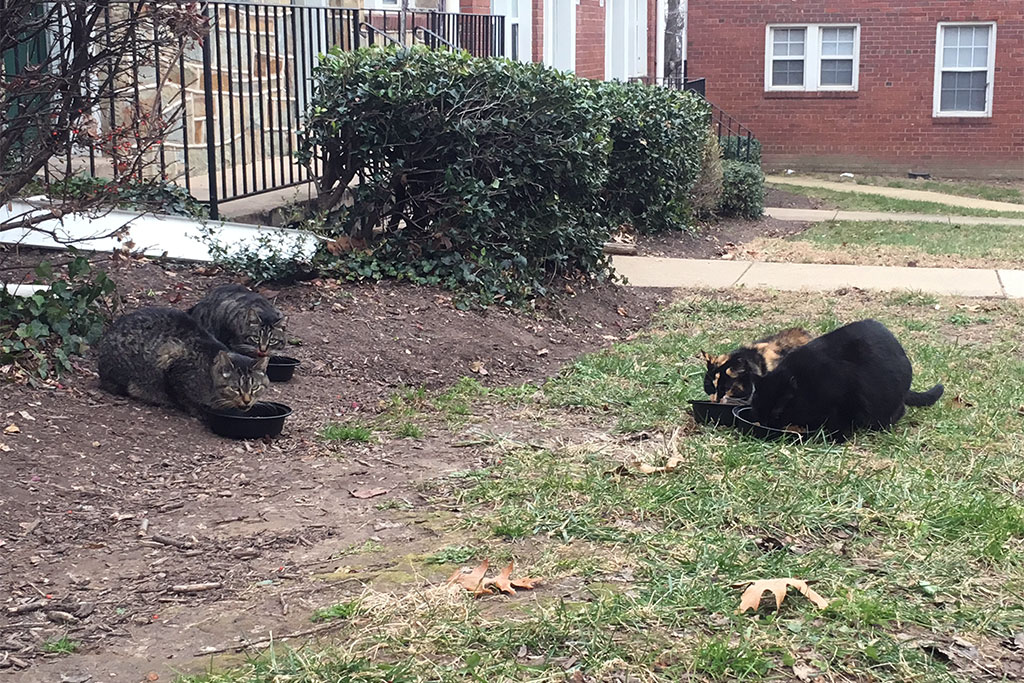This is a sponsored column by attorneys John Berry and Kimberly Berry of Berry & Berry, PLLC, an employment and labor law firm located in Northern Virginia that specializes in federal employee, security clearance, retirement and private sector employee matters.
By John V. Berry, Esq.
We practice employment law. A new trend that the Federal Reserve and others have picked up on recently is the concept of “ghosting.” Ghosting occurs when a job applicant does not show up for their scheduled interview or where an employee does not show up for scheduled work and never returns.
What is Ghosting?
In areas which range from food services to banking, employers have indicated that a tighter job market and labor shortages have led to applicants deciding not to show up for scheduled interviews without notice or in accepting positions and then not showing up for their first day of work.
In other cases, ghosting has meant that an employee just decides to leave their employment without giving notice (or telling anyone) and just never shows up again. Other reasons for ghosting include the fact that because the employment rate is very low, it is easier than ever to find new employment. One report indicated that 20-50% of employers were facing ghosting in one form or another.
Why is Ghosting Bad for Employees and Applicants?
Ghosting is very bad for applicants and employees on a number of levels.
For starters, it isn’t a good long-term career strategy. If an employee doesn’t provide notice to an employer that they are leaving, supervisors may call the police for a wellness check, leading to a host of issues.
Additionally, by leaving in this manner, employees will most likely be deemed by the employer to have abandoned their employment and then classified as having been terminated. As a result, the employee that “ghosts” away from their employment will be left with a negative mark on their employment records, which they may have to disclose in future employment applications elsewhere and/or if they choose to ever seek a security clearance. This also applies to new employees that are hired but do not show up for their first day of work.
For applicants that don’t show up for interviews, doing so can hurt them in other ways. If a recruiter is involved, that recruiter could list the non-appearance in a shared database with other recruiters, essentially blacklisting the person.
With the digital future upon us, it is only a matter of time before such things also end up in background investigations or reports. The point is that “ghosting” is a recipe for hurting one’s own career.
It is important to take the time to give notice to an employer and make a phone call or at least send an email to an employer if an individual they plan to quit or cannot make a scheduled interview. Furthermore, if an applicant “ghosts” a scheduled interview with an employer, that individual’s name may get around to others in the same field, causing them to lose or not get an interview with other employers.
It may be easier to ignore interviews or leave for better employment, but it is far better to do so with professionalism. Ghosting is simply to big a risk for an employee or applicant to their long term career.
Conclusion
If you are in need of employment law advice or assistance, please contact our office at 703-668-0070 or through our contact page to schedule a consultation. Please also visit and like us on Facebook or Twitter.























